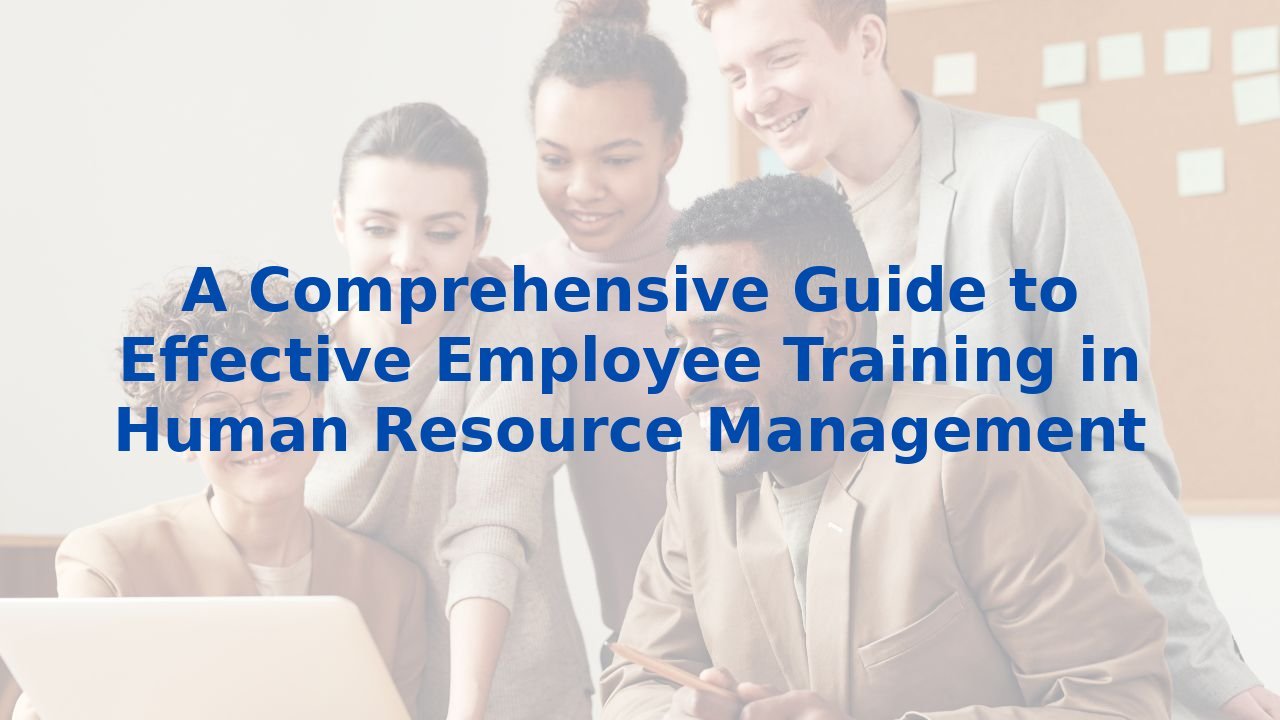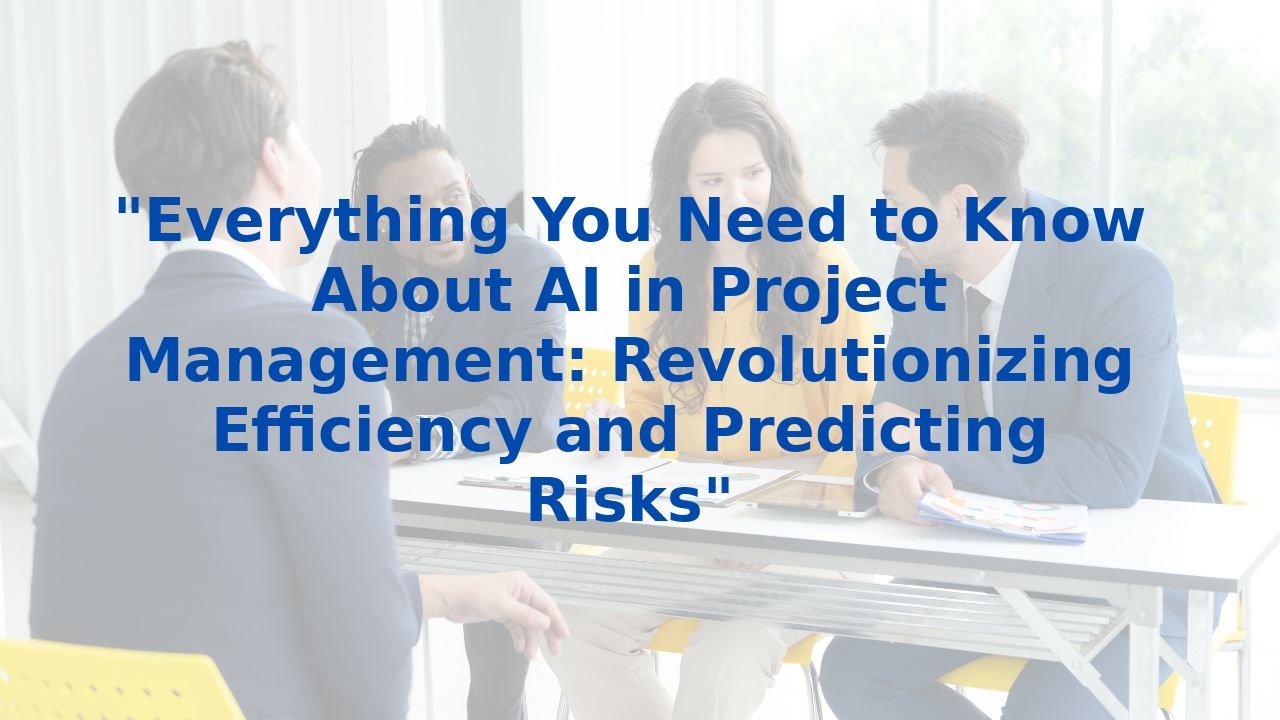A Comprehensive Guide to Effective Employee Training in Human Resource Management
A Comprehensive Guide to Effective Employee Training in Human Resource Management
Understanding the Importance of Employee Training
In today's fast-paced business environment, organizations recognize that their most valuable asset is their people. The key to unlocking the potential of this asset lies in effective employee training. For Human Resource Management (HRM), training is more than just a regulatory requirement; it is a pathway to cultivating a workforce that is adaptable, skilled, and engaged.
The Core Processes of Effective Employee Training
Training within HRM can be broken down into a few fundamental processes: identification of training needs, development of training programs, execution of training sessions, and evaluation of training effectiveness. Each of these steps is crucial in creating a robust training framework that contributes to the organization's overall success.
The most effective training programs start with understanding the specific needs of the workforce and the organization’s goals.
Identifying Training Needs
The first step is to assess the current skills and competencies of employees against the organization's objectives. This requires a comprehensive analysis of both individual and team performance, coupled with feedback from management. Tools like performance reviews and employee surveys can serve as effective means to gauge where training is needed, aligning learning objectives with strategic business goals.
Developing Training Programs
The next phase is the creation of training content that addresses the identified needs. Here, innovation plays a vital role. Incorporating modern technologies such as Artificial Intelligence (AI) can not only enhance the learning experience but also personalize the training process. AI can analyze learning styles and preferences, tailoring the content to ensure better retention and engagement.
Executing the Training Sessions
Once the training materials are developed, it’s time for execution. This is where AI can truly shine. Using AI-driven platforms, organizations can facilitate remote learning, simulation-based training, and even virtual coaching. These features make training more accessible and scalable, allowing employees to learn at their own pace without compromising quality.
Evaluating Training Effectiveness
No training program is complete without an evaluation phase. This is critical to measure the return on investment and to ensure that training objectives were met. Traditional methods often rely on feedback forms or tests, but AI can elevate this process. By analyzing data trends and learner outcomes, AI tools can provide insights that human evaluators may overlook, identifying strengths and areas for improvement in both training content and delivery.
How AI Enhances Training Efficiency
Integrating AI into the employee training process enables organizations to streamline various elements of HRM. From automating administrative tasks to personalizing learning experiences, AI helps organizations focus on what truly matters: developing their workforce. Moreover, having AI tools in place can drastically reduce time, ensuring that training programs are delivered swiftly and effectively. The flexibility offered by AI solutions allows businesses to scale training initiatives, making it feasible to train large workforces simultaneously while maintaining a high standard of education.
The Benefits of Training Employees for AI
As AI technologies continue to infiltrate various sectors, equipping employees with knowledge about AI is not just forward-thinking but a necessity. Understanding AI can enhance their ability to work alongside these systems, driving innovation, and improving productivity. Training programs that include AI literacy empower employees to harness advanced tools effectively, increasing overall organizational efficiency.
Conclusion: A Future-Ready Workforce
The future of HRM lies in a well-trained, AI-savvy workforce. By implementing effective employee training programs that harness the power of AI, organizations can stay ahead of the curve. The transformation from traditional methods to a more AI-driven approach is not just a trend; it’s a profound shift in how organizations function and thrive. As we look ahead, investing in employee training will not only enhance individual performance but contribute to building a future-ready organization.
For organizations aiming to equip their workforce with essential AI skills, exploring specialized training programs can be a strategic move. Consider the various offerings available that can provide the necessary skill set to thrive in an AI-enabled landscape.



